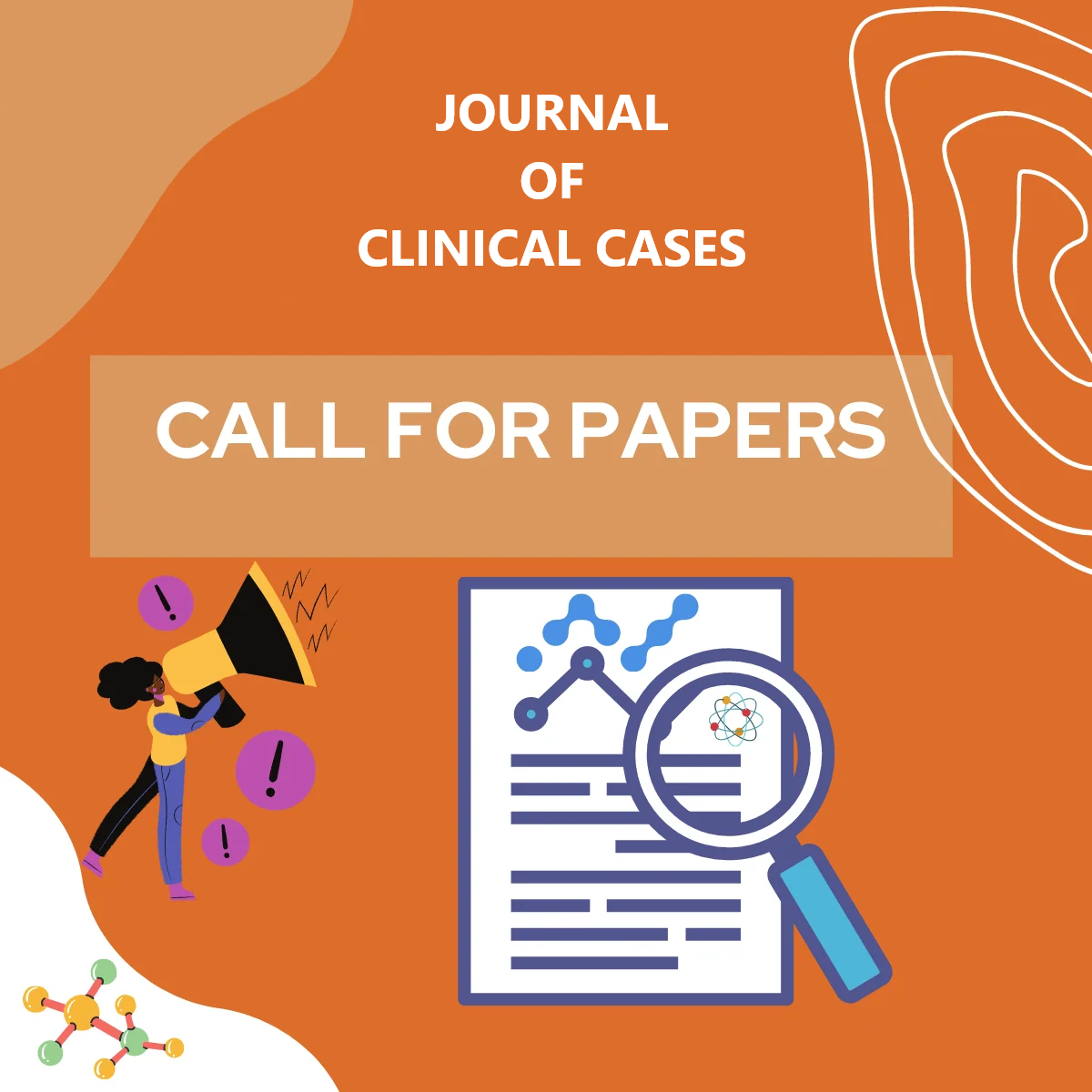Journal Citations
- Crossref
- PubMed
- Semantic Scholar
- Google Scholar
- Academia
- SCRIBD
- ISSUU
- Publons
- MENDELEY
Share This Page
Journal Page

Structural Evolution Of A Multicomponent Liquid: Modelling And Analyse
Volodymyr Kovalchuk, Viktor Zagorodniy and Lgor Zagorodniy
Departments:
Prof., Habil. Dr. Phys. & Math. Environmental University, Odesa,
Ukraine.
Prof., Dr. Law Sc. Sate Law University Odesa, Ukraine
Associate Prof., Dr. Law Sc., Sate Law University Odesa, Ukraine
Corresponding Author: Volodymyr Kovalchuk
Published Date: : 06 May 2024; Received Date: : 15 April 2024
ABSTRACT
Statement of the problem: At the present stage of creating new generation materials and devices, the task is not only to control their properties but also to use them effectively in various fields, including medicine. The purpose of the article is to develop and use in practice, for example, forensic examination, an effective non-destructive method that allows analyzing the structure of liquids, in particular, blood serum. This goal was realized by solving interrelated tasks, namely: to improve the experimental technique based on the quartz weighing method described in [1-3]; to identify the structure of a blood drop, to find out its topology; to analyze the physicochemical properties and morphology of the substance.
Conclusion: The results of the research described in this article are systematized as follows: the quartz weighing method was analyzed; the structure of blood serum was identified; the topology of the multicomponent liquid was determined; and the physical and chemical properties of the liquid were analyzed. The tasks we solved made it possible to determine the morphology of the liquid material, and hence the multicomponent substance. The method of analyzing the morphology of multicomponent liquids is based on the use of a sensor device, a characteristic feature of which is the acquisition of electronic signatures of liquids suitable for their identification and certification. The information basis of our proposed method is the dynamics of complex processes of self-organization of drying droplets, which is critical for the composition and structure of the liquid. Capturing this dynamics and expressing it in the form of AMI curves allows us to obtain quantitative differences between the compared liquids, which can be used to control their quality by comparing them to a standard. It should be noted that the structural evolution of drying droplets of biological liquids is a complex multistage process in which two stages can be conditionally distinguished: events occurring during the evaporation of free water and structure formation associated with water evaporation. The stages of structure formation at the first stage are as follows: interaction of the liquid with the substrate, subject to wetting, formation of an attachment line to the substrate and development of centrifugal capillary flow; formation of a vitreous layer on the periphery of the drop; distribution of dissolved components according to their surface properties and formation of adsorption layers along the interface; a cascade of phase transitions; crystallization of salt in the gel matrix.

